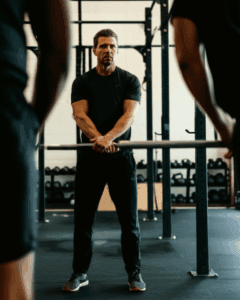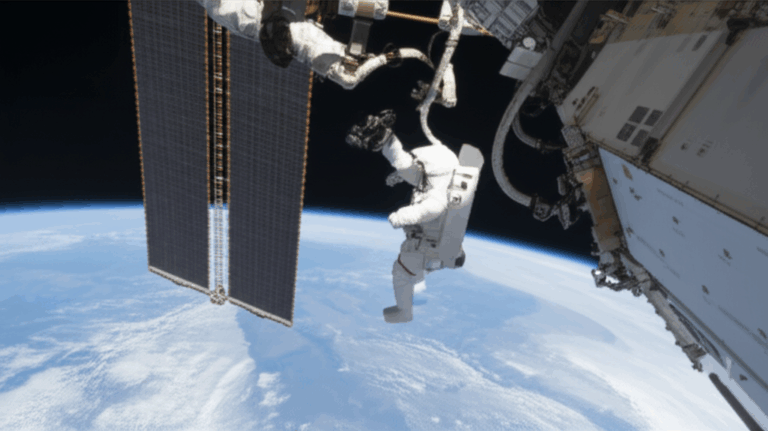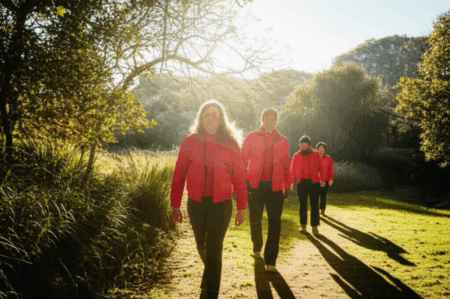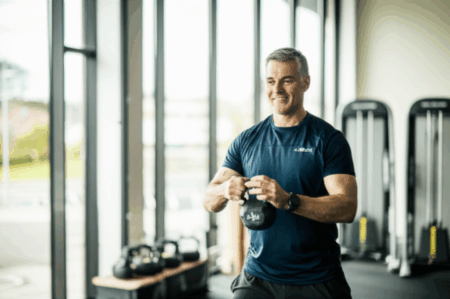Astronauts orbiting Earth aboard the International Space Station (ISS) adhere to a rigorous daily routine, with physical exercise being a cornerstone for maintaining their health and fitness in the unique microgravity environment. Indian astronaut Group Captain Shubhanshu Shukla, currently on the ISS as part of the Axiom-4 mission, recently emphasized this crucial aspect of life in space, stating that astronauts must perform daily exercise to stay fit and healthy.
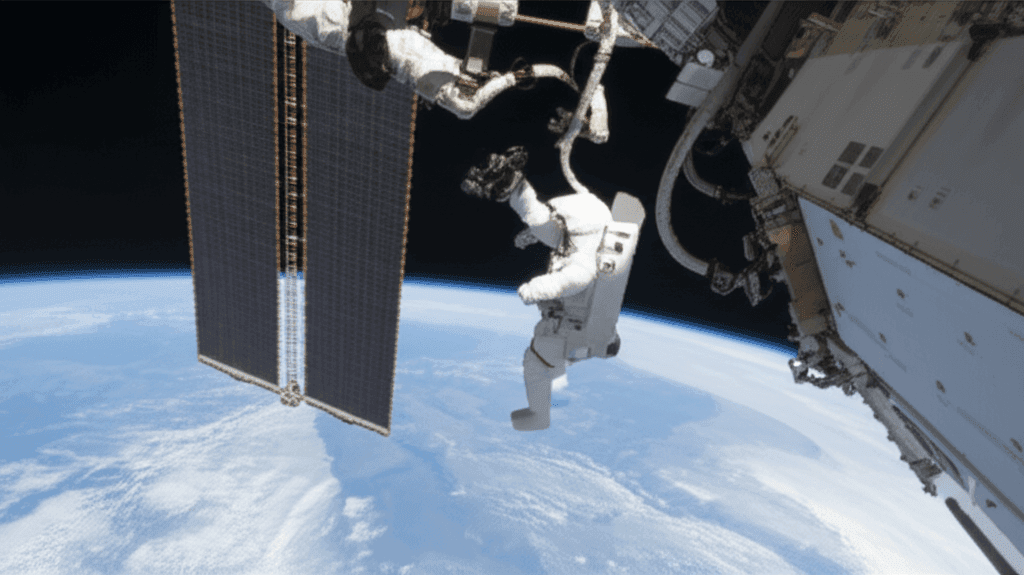
The Challenges of Microgravity on the Human Body
Life in microgravity poses significant physiological challenges to the human body. Without the constant pull of gravity, muscles and bones, which on Earth are continuously working to support the body and maintain posture, experience rapid deterioration. This disuse can lead to substantial losses in muscle mass and bone density, as well as negatively impact cardiovascular health. If left unchecked, these effects could severely impede an astronaut’s ability to stand, walk, or perform emergency procedures upon returning to Earth. Additionally, body fluids tend to shift upwards towards the head in microgravity, which can cause a constant feeling similar to a head cold, often referred to as “space snuffles”.
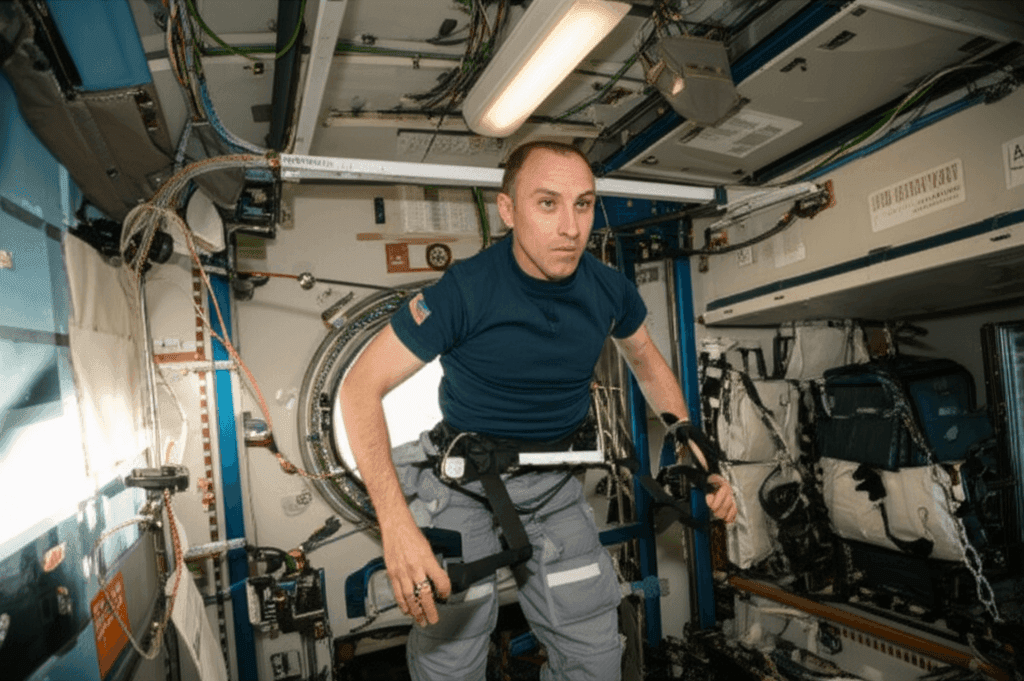
Dedicated Exercise Regimen
To counteract these adverse effects, physical activity is an absolutely vital and non-negotiable part of an astronaut’s daily schedule. Astronauts typically dedicate approximately two hours per day to exercise, combining both resistance and aerobic training. This commitment helps to mitigate bone demineralization, maintain muscle strength, and preserve cardiovascular function.
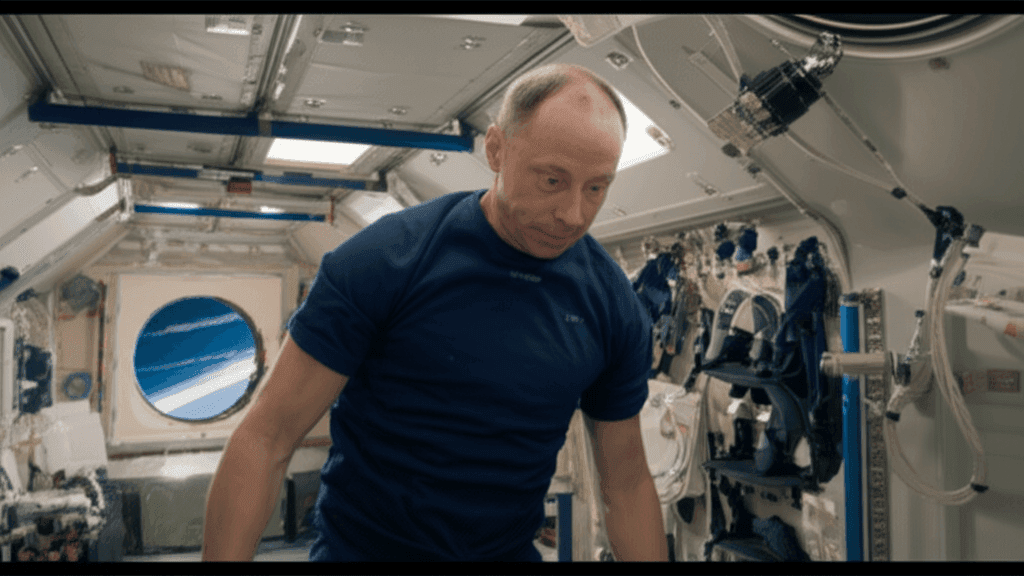
The ISS “Mini Gym”
The ISS is equipped with a “mini gym” featuring specialized equipment designed to provide effective workouts in a weightless environment. As Shubhanshu Shukla noted, this includes a treadmill, a cycle, and a strength training machine known as the Advanced Resistive Exercise Device (ARED).
Advanced Resistive Exercise Device (ARED)
The ARED system allows astronauts to perform weight-training exercises that simulate the resistance felt on Earth. It uses vacuum cylinders to apply a load, enabling resistance training for muscle strengthening.
Treadmill and Cycle
For cardiovascular health, astronauts utilize a treadmill and an ergometer (similar to a stationary bicycle). On the treadmill, astronauts are strapped down with harnesses to ensure their bodies are subjected to a load, preventing them from floating away due to their own efforts. The ergometer allows for adjustable pedaling strength to vary the intensity of the workout.
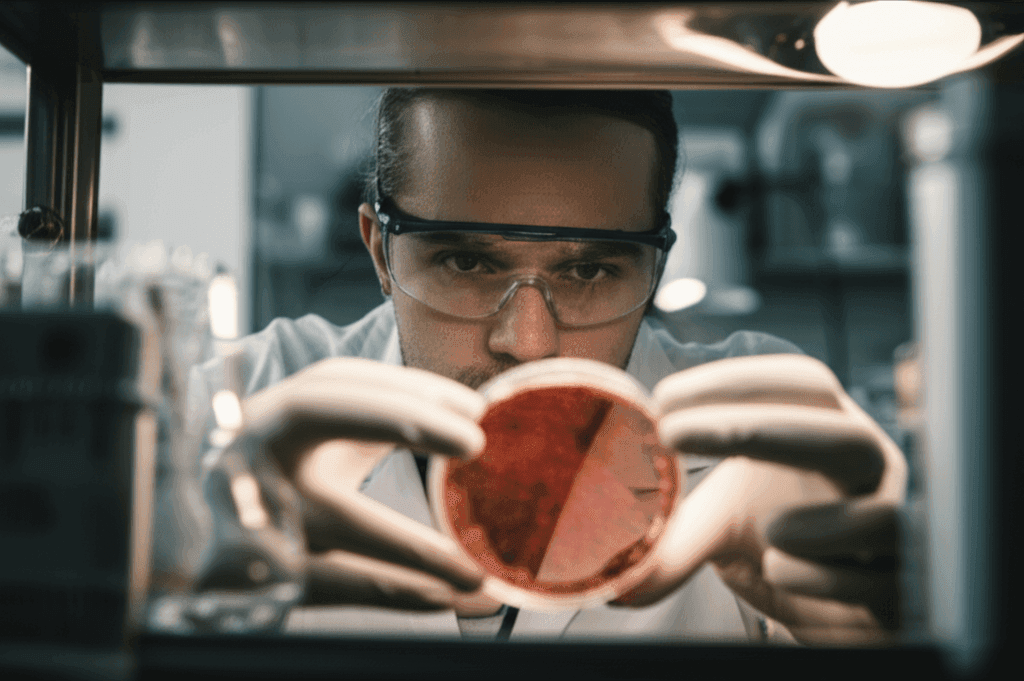
Beyond Exercise: A Glimpse into the Daily Routine
While exercise is critical, it is one component of a meticulously planned day on the ISS. Astronauts typically follow a fixed schedule that aligns with Earth’s 24-hour circadian rhythms, despite experiencing 15 sunrises and sunsets every 24 hours. A typical day begins with personal hygiene, breakfast, and a review of the daily schedule.
The majority of an astronaut’s workday is dedicated to a wide array of scientific experiments, research, and routine maintenance of the station’s complex systems. Indian astronaut Shubhanshu Shukla, for instance, has been involved in conducting India-specific experiments, including studies on plant germination in microgravity and stem cell research. The crew also participates in daily conferences with Mission Control to coordinate tasks.
Despite the demanding schedule, astronauts do have some dedicated free time, which is crucial for stress relief in the cramped conditions of the ISS. During this time, they might engage in hobbies, communicate with family, or simply relax. Meals are also a communal activity, fostering camaraderie among the international crew.
In essence, the daily routine of astronauts on the ISS is a carefully orchestrated balance of work, scientific discovery, and vital self-care, with physical exercise serving as an indispensable element in ensuring their continued health and operational capability in humanity’s outpost in space.


